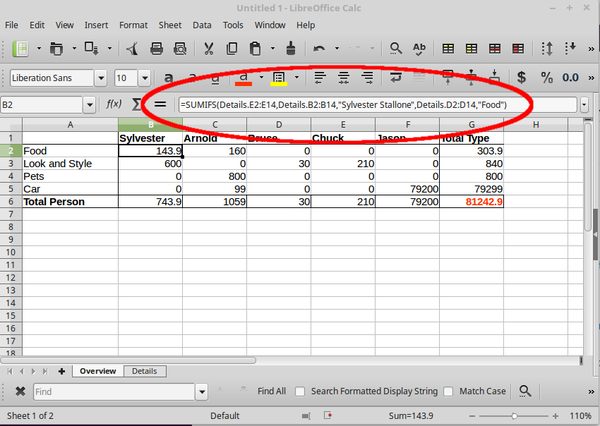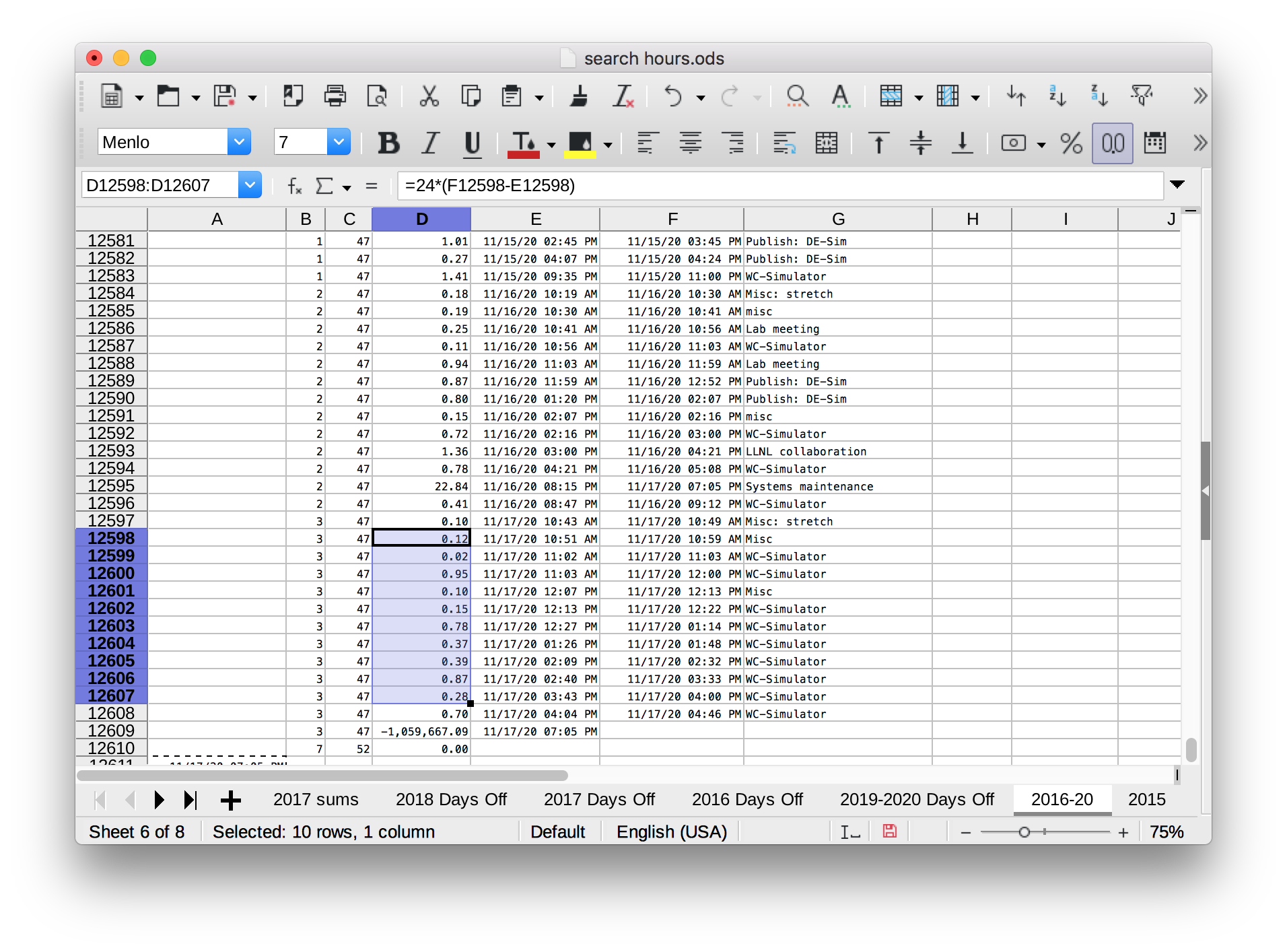

If some of your strings have double spaces that you do want counted you might have to adjust this last formula (since the TRIM function removes double spaces as well as trailing spaces). So they often import wrong data (which has nothing to do with "formatting") and need to do strange things in order to change wrong data into right data ("formatting" does not modify any data). In column D LEN (B1) This is the number of characters. number) and that they import all kinds of data from all kinds of sources ignoring most of the import options. The root of the problem is that many people are not aware of the most simple programming facts (data types text vs. This does the exact same thing as manually re-typing all cell contents without the apostrophe (which is not part of the text anyway). It matches any amount of characters and replaces the matched content with itself.


Compare any formatted A1 with 123 and =A1=123 returns TRUE because 123 in A1 is always 123 no matter which number format you apply to A1. In numeric context 0123 is the exact same value as 123. You can format the same number 123 in thousands of different ways without changing the cell value one-hundred-twenty-three whereas the 3 character text "123" differs from the 4 character text "0123". You could do the same with your Date columns. If you want to enter a text with a leading apostrophe you need to type 2 apostrophes. You might also want to right click the cell with the letter (e.g., A, B, C) at the top of your Amt Paid column (the blue C in ebot’s video above), click Format Cells, and select Currency from the Category list. If you try to use A1:A1048576 in a chart, it just shrinks it to something like Sheet1.A2:A26. =LEFT(A1 1) returns the lefmost character in A1 but not any leading apostrophe in the formula bar. When I select an entire column in LibreOffice 3.5.2, it calls it A1:A1048576, not A1:A65536. It marks a numeric text so it won't be interpreted as a number. The apostrophe is not part of the text value.


 0 kommentar(er)
0 kommentar(er)
